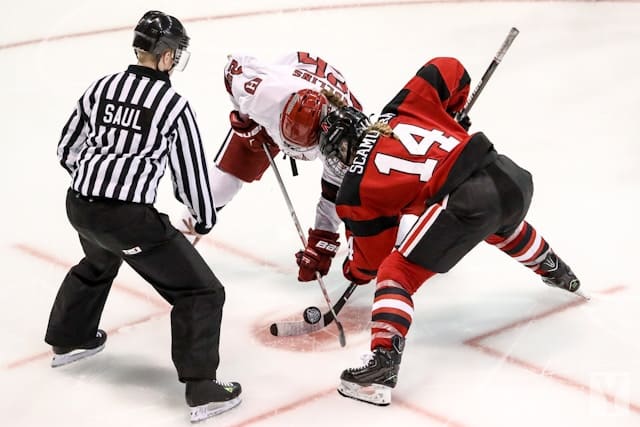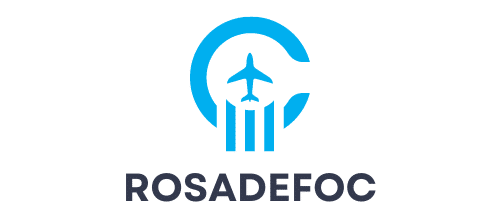How Can Hyperbaric Oxygen Therapy Benefit Recovery in Athletes with Chronic Wounds?

As athletes, you constantly push your bodies to the limit, which sometimes leads to injuries. This article digs into how hyperbaric oxygen therapy (HBOT) can assist in speedy recovery and improved performance. We delve into what HBOT is, how it works, and its potential benefits for athletes.
What is Hyperbaric Oxygen Therapy (HBOT)?
Hyperbaric Oxygen Therapy, regularly abbreviated as HBOT, is a powerful treatment that uses pure oxygen in a pressurized room or tube. In this therapy, an individual inhales 100% oxygen in an environment with increased atmospheric pressure, typically two to three times higher than normal air pressure.
Also read : What’s the Potential of Stem Cell Therapy in Accelerating Recovery from Sports Injuries?
The therapy’s increased pressure and concentrated oxygen levels can enhance the body’s capacity to repair tissues and promote healing. Though originally used for decompression sickness in divers, it has now found usage in treating various medical conditions, including chronic wounds, serious infections, and bubbles of air in your blood vessels.
For athletes, the therapy holds immense potential in improving recovery from injuries, particularly those that are chronic or hard to heal.
Have you seen this : What Are the Pros and Cons of Barefoot Training for Improving Foot Strength in Athletes?
How does HBOT work?
HBOT is not your regular oxygen therapy. It works in a specific manner to enhance healing and recovery. The principle of HBOT is relatively straightforward: it involves the breathing of pure oxygen in a pressurized environment.
When you inhale oxygen under these conditions, your lungs can gather more oxygen than they would at normal air pressure. Your blood then carries this oxygen throughout your body, promoting healing and fighting bacteria.
HBOT facilitates the delivery of oxygen to injured tissues, which promotes healing. Under increased pressure conditions, oxygen dissolves more efficiently into the blood, thereby reaching areas where circulation might be compromised or blocked due to injury or inflammation.
Additionally, HBOT stimulates the growth of new blood vessels, particularly in areas with low oxygen supply due to injury or chronic conditions. This process, known as angiogenesis, further enhances the delivery of oxygen and nutrients, fostering tissue healing.
The Role of HBOT in Athletes’ Recovery from Injuries
Injuries are part and parcel of athletic performance. However, the impact of continuous injuries or chronic wounds can significantly hamper your performance. This is where HBOT comes into play, offering a promising solution to speed up the healing process.
Firstly, HBOT reduces swelling and pain associated with injuries. Swelling or edema is a common symptom of injuries due to the accumulation of fluid in tissues. This swelling can compress blood vessels, reducing oxygen supply and slowing down healing.
By enhancing oxygen delivery, HBOT reduces swelling and consequently pain. A study by a group of scholars on Google scholar revealed that athletes reported a significant reduction in pain after HBOT sessions.
Secondly, HBOT promotes muscle recovery. Intense workouts or sports activities can lead to muscle fatigue and damage. HBOT accelerates the healing of damaged muscle tissues, reducing recovery time and getting you back in the game sooner.
Furthermore, HBOT aids the healing of chronic wounds. Chronic wounds are injuries that do not heal within the expected timeframe, often due to poor blood circulation. With its enhanced oxygen delivery and angiogenesis, HBOT can significantly improve the healing of these stubborn wounds.
Enhancing Athletic Performance with HBOT
Beyond recovery from injuries, HBOT could play a role in enhancing athletic performance. In sports, performance is predominantly about strength, stamina, and the ability to recover quickly. HBOT could boost these aspects, giving athletes an edge.
Increased oxygen delivery is beneficial for muscles, particularly during intense workouts or sports activities. Oxygen is vital for the production of energy in muscles, and by boosting oxygen supply, HBOT could improve athletic performance.
Additionally, by promoting angiogenesis and healing, HBOT could strengthen muscles and tissues, making them more resistant to damage and fatigue. Stronger muscles and tissues mean better performance and lesser injuries.
Moreover, some athletes use HBOT for pre-emptive recovery – a process of recovering before the onset of fatigue or injury. While this concept is relatively new, a growing number of athletes are turning to HBOT to prepare their bodies for the rigors of intense activities.
Final Thoughts
Hyperbaric Oxygen Therapy is a powerful treatment that holds immense potential for athletes, particularly in recovery from injuries and performance enhancement. While more research is needed to fully understand its benefits and implications, current evidence suggests that HBOT could be a game-changer in sports medicine.
As athletes, it’s important to consider all available options to enhance your performance and ensure speedy recovery. HBOT could be an effective addition to your recovery regimen. However, it’s always advisable to consult with a medical professional before starting any new treatment. Stay healthy and stay strong!
The Scientific Literature on HBOT and Athletic Recovery
The field of sports medicine has seen numerous advancements in recent years, with Hyperbaric Oxygen Therapy (HBOT) earning attention in the realm of injury recovery and performance enhancement. Researchers have delved into the benefits of HBOT, with a number of studies on Google Scholar and PubMed providing insights into its potential impact on athletes.
For instance, several studies have highlighted the positive effects of HBOT on the healing process of sports injuries. A study found on PubMed demonstrated that HBOT significantly reduced recovery time in athletes with muscle injuries. In this study, a control group of athletes who did not receive the therapy took much longer to recover from similar injuries.
Another study found on Google Scholar examined the role of HBOT in wound healing. The researchers found that athletes with chronic wounds who underwent HBOT sessions showed considerable improvement in their healing process. These athletes experienced increased oxygen levels in their tissues, fostering faster and more efficient wound healing.
Furthermore, some studies have explored the impact of HBOT on athletic performance. They suggest that inhaling pure oxygen in a hyperbaric chamber can enhance stamina and endurance, possibly due to increased oxygen availability to the muscles during exercise.
Despite these promising findings, it’s crucial to note that more research is needed to fully understand the intricacies of HBOT. Every athlete is unique, and the effects of the therapy could vary based on the individual’s health condition, type of injury, and other factors.
Conclusion: Hyperbaric Oxygen Therapy – A Game Changer in Sports Medicine?
Hyperbaric Oxygen Therapy (HBOT) is a pioneering approach in sports medicine, offering hope for a speedy and efficient recovery process for athletes. Its ability to deliver pure oxygen in a pressurized environment can enhance the body’s healing capabilities, significantly reducing the recovery time from sports injuries.
In addition to promoting injury recovery, HBOT potentially holds the power to boost athletic performance. By providing increased oxygen to muscles, the therapy can support energy production, enhance strength and endurance and pre-emptively protect the body from exercise-induced fatigue.
However, as with any medical treatment, it’s essential to consult with a healthcare provider before starting HBOT. While current research paints an encouraging picture, the therapy must be tailored to the individual needs of the athlete to optimize the benefits and minimize any potential risks.
In conclusion, HBOT could dramatically change the way athletes recover from injuries and train for their sport. By promoting faster healing and potentially enhancing performance, HBOT is poised to become an indispensable tool in the athletes’ recovery regimen. As such, the future of HBOT in sports medicine looks promising as we continue to investigate its full range of applications and benefits.
